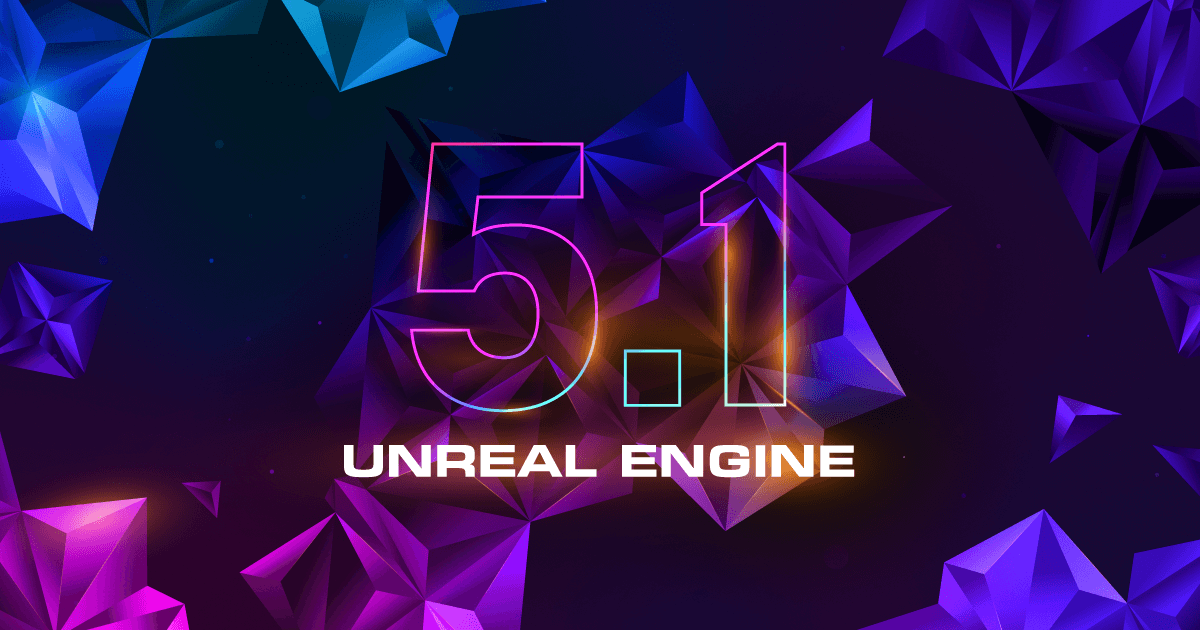
Unreal Engine 5.1 is available today and builds on the innovative set of features introduced in UE5, let’s find out together in this dedicated article
Unreal Engine 5.1 is available today and builds on the innovative set of features introduced in UE5, to allow a creation of 3D content even more simple and fast. A host of new, stress-tested features and improvements make Unreal even better robust, efficient and versatile for creators in all industries.
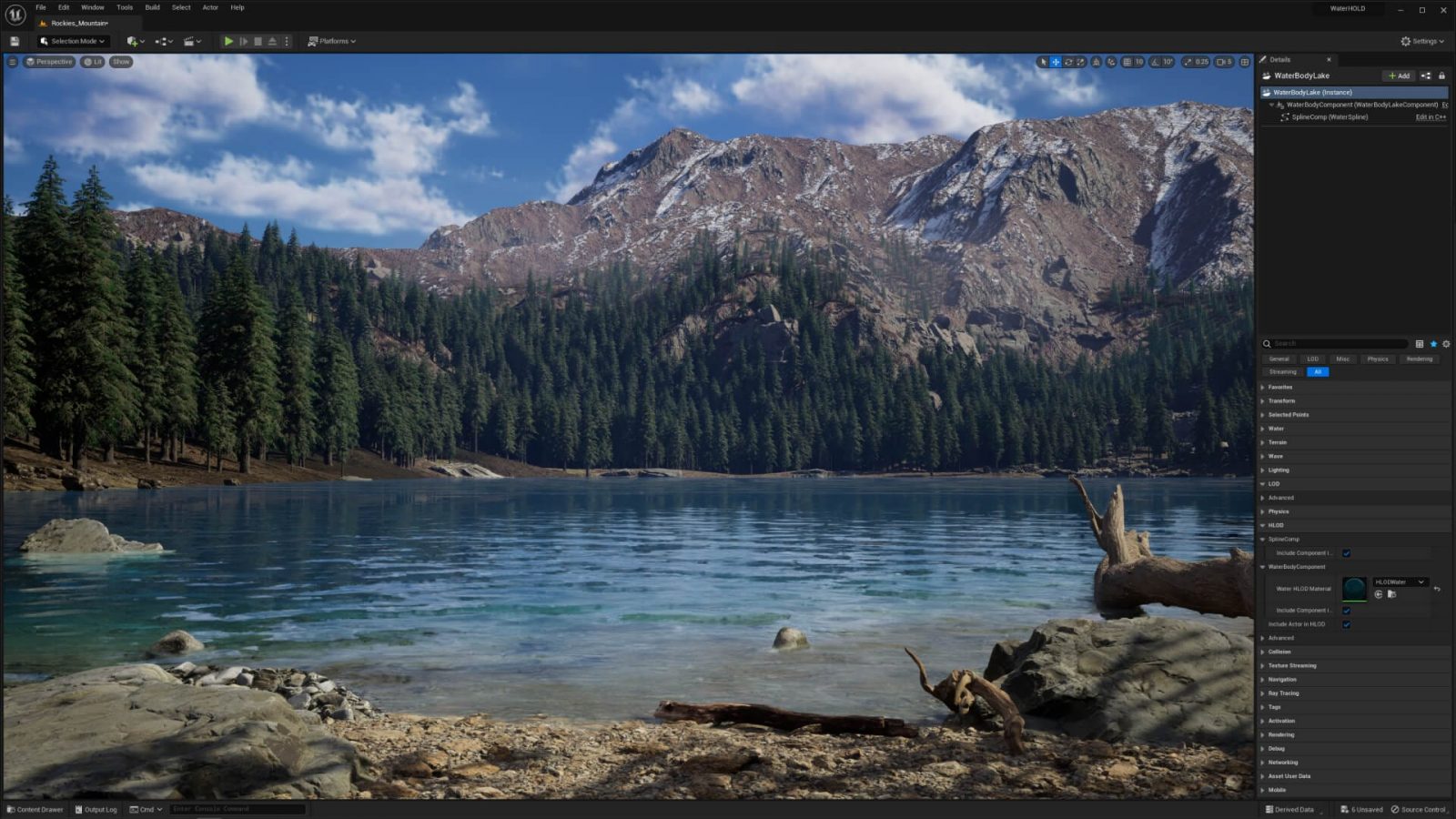
Videogames
Since over half of the games next-gen announced were created with Unreal Enginedevelopers can now take advantage of updates to the dynamic global illumination system and Lumen reflectionsof the virtualized micropolygonal geometry system Nanites and, virtual shadow maps (VSMs) that lay the foundation for games and experiences that run a 60 frames per second (fps) on next-gen consoles and capable PCs. These improvements will enable fast-paced racing and detailed simulations with no latency.
Also, Nanite added a Rasterizer programmable, to allow material-driven animations and deformations via World Position Offset and opacity masks. This exciting development paves the way for artists to be able to use Nanite to program the behavior of specific objects, such as Nanite-based foliage with leaves blowing in the wind.
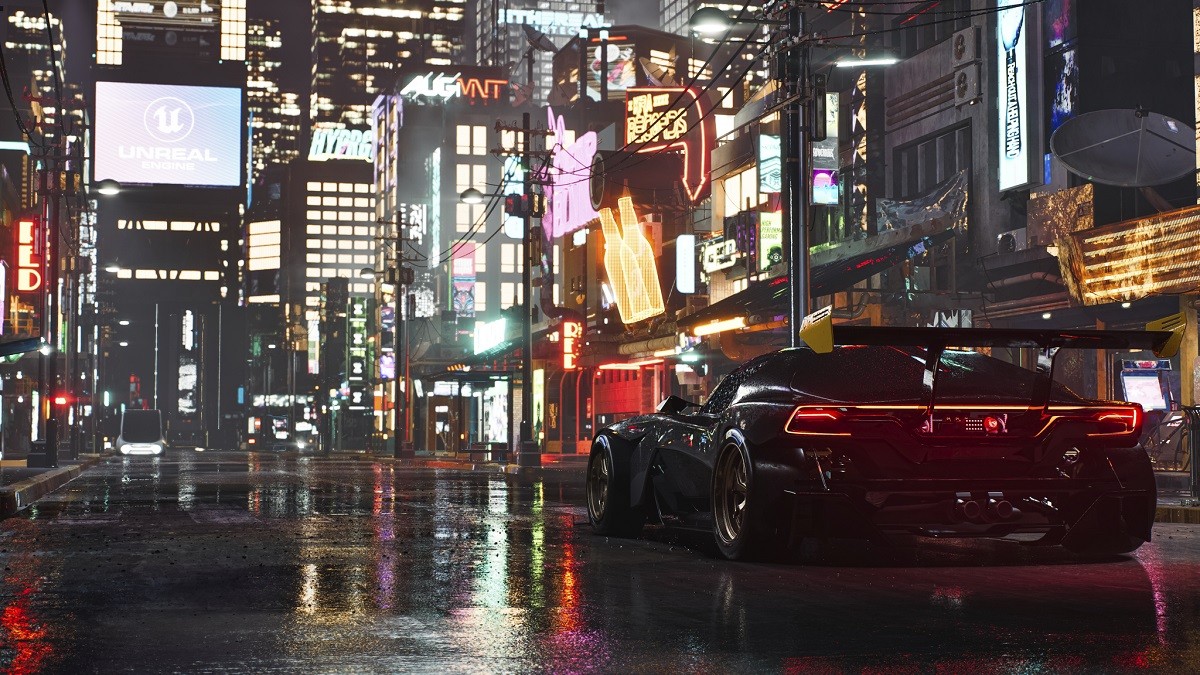
Unreal Engine 5.1
UE 5.1 also adds several features to improve the efficiency of game developers and other large-scale interactive projects, helping teams be more productive. For example, i Virtual Assets, decouple metadata from object data, allowing developers to sync only what they need from source control systems like Perforceresulting in smaller workspaces and faster syncs for developers who don’t need access to full object data.
The new automated cache of Pipeline State Object (PSO) per DX12, simplifies the process required to prepare a game for shipment to DX12. Finally, compiling shaders on demand compiles only the shaders needed to render what you see on screen while working in theUnreal Editorwith a considerable saving of time and greater interactivity.
For developers building large open worlds, this release also offers additional features and improved workflows. World Partition now supports large world coordinates, allowing for the creation of large open worlds without loss of precision.
Users can also enjoy accelerated source control workflows with World Partition, resulting in an improved user experience for managing, filtering, searching and viewing files and change lists. It’s also easier to find world contents from changelists and vice versa. Also, the new support LOG (Hierarchical Level of Detail) rendering and streaming of water allows users to create large bodies of water in open worlds with better performance and smaller memory footprint.
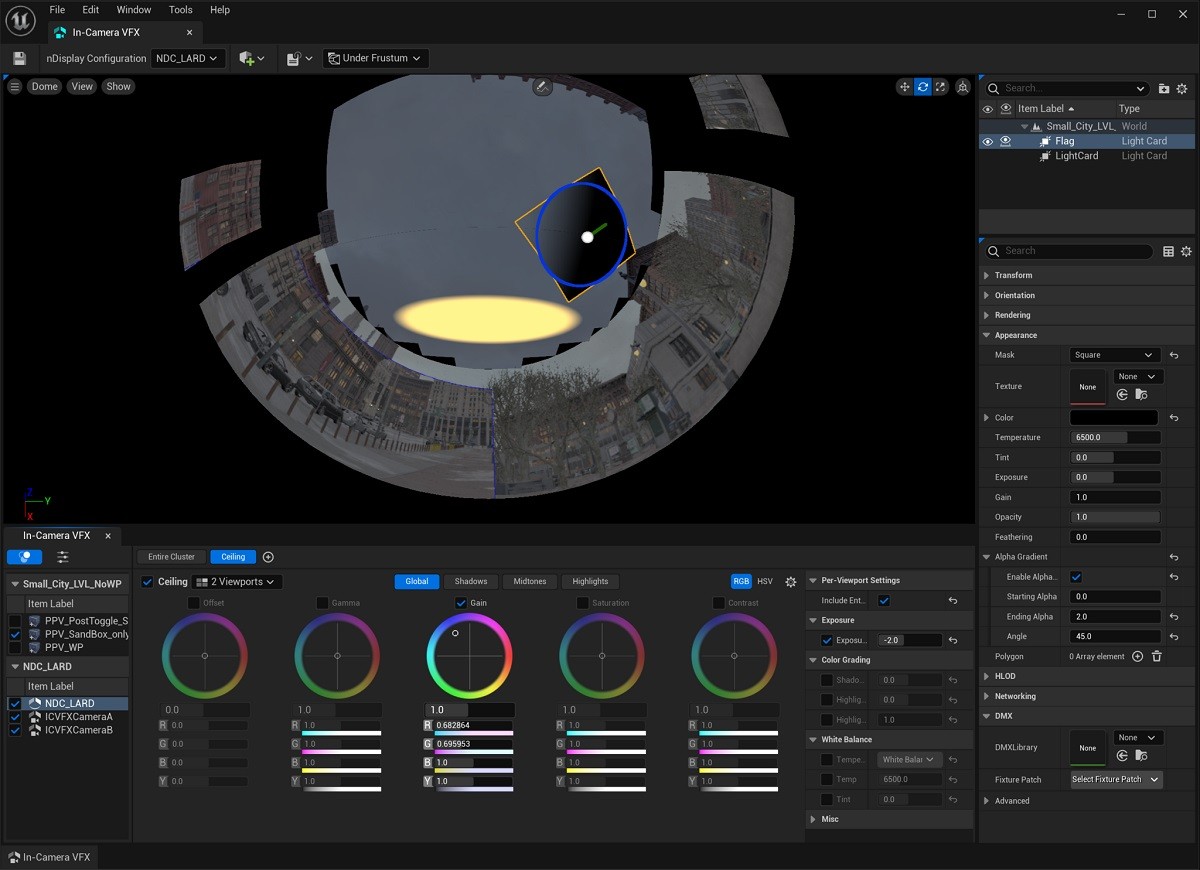
Visual effects in the room
Used in over 425 film and television productions, and is integrated in addition 300 stages of virtual production all over the world. With Unreal Engine 5.1 enhancements specifically tailored to virtual production workflows, engineers and artists now have a number of benefits including an editor VFX In-Camera dedicated, an improved light card system, API remote control capabilities, expanded color correction tools, initial Lumen support for nDisplay and more.
First, the stage operators LED can now take advantage of a new Editor In-Camera VFX (ICVFX) that supports a variety of virtual production workflows. This largely eliminates the need for scene operators to search for specific objects and controls in the Outliner. UE 5.1 also adds UI, UX, and performance improvements to the remote control APIs, allowing users to build powerful browser-based custom remote controls more quickly and easily.
The editor ICVFX it also hosts an interface to an improved system of Light Card which is displayed as a preview of the nDisplay wall. In addition to making creating, moving and editing light cards and saving templates intuitive and efficient, the new light cards can maintain their shape on the wall, eliminating distortion.
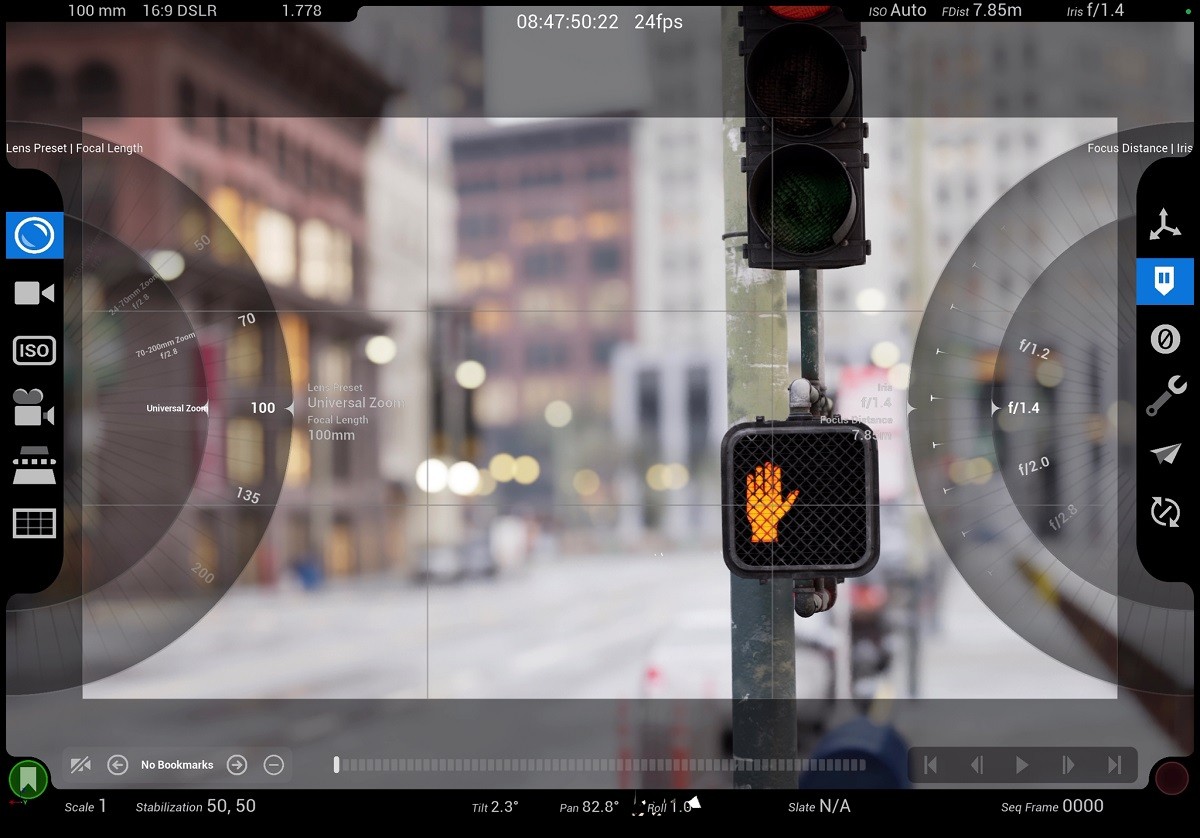
Color correction windows
Among the new features of the ICVFX Editor there are also the Color correction windows (CCW), which allow you to apply color adjustments exclusively to everything behind them (similar to the Power Windows of color grading applications), along with the ability to apply color corrections for each Actor, thus reducing the need for complex masks.
In Unreal Engine 5.1, the new Actor Media Plate lets support OpenEXR, allowing users to simply drag and drop movies from the Content Browser. Additionally, users can now play mipmapped and tiled uncompressed EXRs in both the engine and nDisplay with the appropriate SSD RAID, and have the ability to convert EXRs to the correct format for optimal playback.
Also, the Unreal Engine’s virtual camera system has been revamped with a new one framework base using technology Pixel Streaming from Epic to improve the responsiveness and reliability, and an updated user interface with a modern camera-centric design that will be more familiar to operators. Users also have the ability to connect hardware devices and can customize the user interface in the future.
Lumen
The fully dynamic Global Illumination and Reflections system now offers initial support for nDisplay in 5.1, provided that the number of lights is modest (about 5-7 lights in total, depending on the graphics card). With Lumenindirect lighting adjusts on the fly with changes to the angle of the sun, lights, or the position of bounce cards, for example.
Previously, these changes required a cooking step that could pause production, interrupting the creative flow. UE 5.1 also adds improvements to GPU Lightmass, including support for Sky Atmosphere, Stationary Sky Lightslighting features such as IES profiles and Rect Light textures, and improves quality and overall performance.
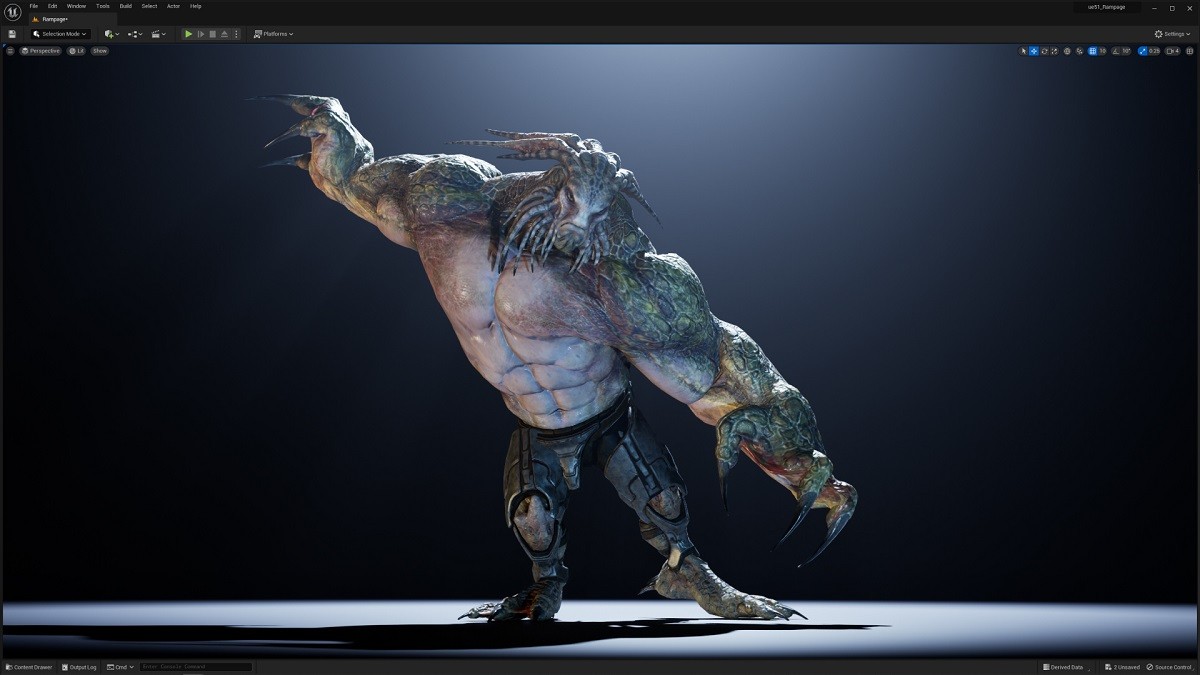
Animation
The use of Unreal Engine for theanimation has grown exponentially, going from 15 productions between 2015 and 2019 to beyond 160 productions between 2020 and 2022. For professionals working with animated content, especially characters, it offers several notable improvements to the engine’s built-in animation and rigging tools, as well as the Sequencer.
Now in beta, the Machine Learning (ML) Deformer, generate high-fidelity approximations of non-linear deformers, complex proprietary rigs, or any arbitrary deformation using a custom Maya plugin to train a machine learning model, which in turn runs in real-time in the Unreal Engine.
In this way, users can simulate cinematic-quality deformations, such as flexing of muscles, swelling of veins and sliding of the skin. Other character warping improvements include improvements to the Deformer Graph Editor to facilitate the creation and editing of graphs.
Control Rig and Constraint support in Sequencer
Furthermore, Control Rig continues to expand towards fully procedural rigging, increasing the impact and scalability of rigging teams. The core framework updates include a new Construction Event. which allows users to generate rig hierarchies via a graph and Custom User Events, for creating and triggering rig events such as “Snap FK to IK”.
With these updates, artists can create a single asset that can build itself to fit characters that may have different proportions and skeletal properties: for example, the same Control Rig can fit a three-toed monster or a human with five fingers without any modification to the asset rig.
Unreal Engine 5.1 also adds support for constraints in Sequencer, the engine’s multitrack nonlinear animation editor, including Position, Rotation and Look-at. Users can take advantage of these constraints to quickly and easily create and animate relationships between Control Rigs or actors, for example: to make the camera always follow a character; to keep a character’s hands on a steering wheel; to animate a clown juggling balls; or to restrain a cowboy’s hips so that he sits naturally in the saddle as the horse moves, while his hands hold the reins.
Sequencer also features additional functionality via Blueprint e scripting Pythonas well as an interface user/UX reworked to increase stability and extensibility, and to improve animation creation and editing workflows.

Here’s where to download it
You can download Unreal Engine from the official website and visit the release notes page to see the complete list of UE5.1 features. What do you think of these new UE5.1? Let us know below in the comments. Don’t forget to follow us on our Instagram page, on all our other social networks and to stay connected on TechGameWorld.com.
The article Unreal Engine 5.1 is out now comes from allteK.











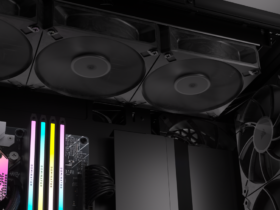
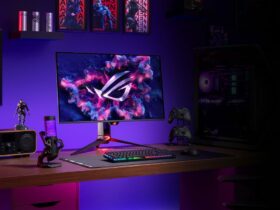
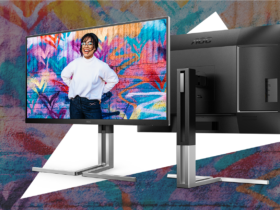

Leave a Reply
View Comments